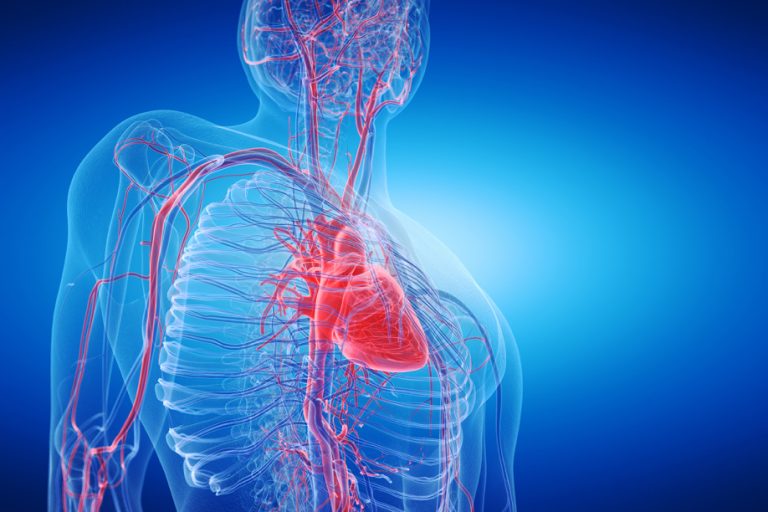Arsenic Poisoning: Everything You Need to Know
Author: Giselle Robel
Giselle Robel
Category: Health

Arsenic poisoning, or arsenicosis, happens when a person takes in dangerous levels of arsenic. Arsenic is a natural semi-metallic chemical that is found all over the world in groundwater.
And also, intake can result from swallowing, absorbing, or inhaling the chemical.
Arsenic poisoning can cause major health complications and death if it is not treated, so precautions exist to protect those who are at risk.
Arsenic is often implicated in deliberate poisoning attempts, but an individual can be exposed to arsenic through contaminated groundwater, infected soil, and rock, and arsenic-preserved wood.
However, arsenic in the environment is not immediately dangerous, and it is rare to find toxic amounts of arsenic in nature.
What is Arsenic Poisoning?
Arsenic poisoning, or arsenicosis, occurs after the ingestion or inhalation of high levels of arsenic. And it is a type of carcinogen that's gray, silver, or white in color. Moreover, it is extremely poisonous to humans. What makes arsenic, especially dangerous is that it doesn't have a taste or odor, so you can be exposed to it without knowing it. While arsenic is naturally occurring, it also comes in inorganic (or man-made) formulas. These are used in agriculture, mining, and manufacturing.
Arsenic poisoning tends to occur most often in areas of industrialization, whether you work or live there. And those countries that have high levels of arsenic-containing groundwater include the United States, India, China, and Mexico.
What is arsenic?

Arsenic is a naturally occurring, metalloid component of the Earth's crust. Minuscule quantities of arsenic occur in all rock, air, water, and soil. A metalloid is a substance that is not a metal but shares many qualities with metals.
In addition, the concentration of arsenic may be higher in certain geographical regions. This could be a result of human activity, such as metal mining or the use of pesticides. Natural conditions can also lead to a higher concentration.
It can be found combined with other elements in different chemical compounds. Organic forms of arsenic also contain carbon, but inorganic forms do not. Arsenic cannot be dissolved in water.
Inorganic arsenic compounds are more harmful than organic ones. They are more likely to react with the cells in the body, displace certain elements from the cell, and change the cell's function.
For example, cells use phosphate for energy generation and signaling, but one form of arsenic, known as arsenate, can imitate and replace the phosphate in the cell. This impairs the ability of the cell to generate energy and communicate with other cells.
This cell-altering ability may be useful in cancer treatment, as some studies have shown it can send the disease into remission and help thin the blood. Arsenic-based chemotherapy drugs, such as arsenic trioxide, are already in use for some cancers.
Symptoms of arsenic poisoning
Symptoms of arsenic poisoning may include:
- red or swollen skin
- skin changes, such as new warts or lesions
- abdominal pain
- nausea and vomiting
- diarrhea
- abnormal heart rhythm
- muscle cramps
- tingling of fingers and toes
Long-term exposure to arsenic can cause more severe symptoms. You should seek emergency help if you experience any of the following after a suspected arsenic exposure:
- darkening skin
- constant sore throat
- persistent digestive issues
According to the World Health Organization, long-term symptoms tend to occur in the skin first and can show up within five years of exposure. Cases of extreme poisoning may lead to death.
The most common causes of arsenic poisoning
Contaminated groundwater is the most common cause of arsenic poisoning. Arsenic is already present in the earth and can seep into groundwater. Also, groundwater can contain runoff from industrial plants. Drinking arsenic-laden water over a long period of time can lead to poisoning.
Other possible causes of arsenic poisoning can include:
- breathing air that contains arsenic
- smoking tobacco products
- breathing contaminated air from plants or mines that use arsenic
- living near industrialized areas
- exposed to landfill or waste sites
- in smoke or dust from wood or waste that was previously treated with arsenic
- eating arsenic-contaminated food this isn't common in the United States, but some seafood and animal products may contain small levels of arsenic
The main cause of arsenic poisoning is the consumption of a toxic amount of arsenic.
Arsenic, consumed in large amounts, can kill a person rapidly. Consumed in smaller amounts over a long period, it can cause serious illness or a prolonged death.
The main cause of arsenic poisoning worldwide is the drinking groundwater that contains high levels of the toxin. The water becomes contaminated underground by rocks that release arsenic.
Diagnosing arsenic poisoning
It must be diagnosed by a doctor. This will not only help you get the proper treatment, but your doctor can also help you figure out the underlying cause so you can limit future exposure.
There are tests to measure high levels of arsenic in the body via the:
- blood
- fingernails
- hair
- urine
Urine tests are most commonly used in cases of acute exposure that have happened within a few days. According to the U.S. Centers for Disease Control and Prevention, all other tests measure long-term exposure of at least six months.
The downside to any of these tests is that they can measure high amounts of arsenic in the body only. They can't determine any imminent adverse effects from exposure. Still, knowing whether you have high levels of arsenic in the body can help you make changes to your lifestyle if needed.
Treatment
The treatment depends on the type and stage of the arsenic poisoning.
Some methods remove arsenic from the human body before it causes any damage. Others repair or minimize the damage that has already occurred.
Treatment methods include the following:
- remove contaminated clothes
- thoroughly washing and rinsing affected skin
- blood transfusions
- taking heart medication in cases where the heart starts failing
- using mineral supplements that lower the risk of potentially fatal heart rhythm problems
- observing kidney function
Bowel irrigation is another option.
You can also use Chelation therapy. This treatment uses certain chemicals, including dimercaptosuccinic acid and dimercaprol, to isolate arsenic from the blood proteins.
Prevention
Do the following measures to protect people from the arsenic in groundwater:
- Arsenic removal systems in homes
- If the levels of arsenic in an area are confirmed as unsafe, systems can be purchased for the home to treat drinking water and reduce the arsenic levels.
- Testing nearby water sources for traces of arsenic
- Chemically examining the water can help to identify poisonous sources of arsenic.
- Taking care when harvesting rainwater
- In areas of high rainfall, arsenic poisoning can be prevented by ensuring the process of collection does not put the water at risk of infection, or cause the water to become a breeding ground for mosquitos.
- Considering the depth of wells
- The deeper the well, the less arsenic its water is likely to have.
Complications of arsenic poisoning
Long-term exposure to arsenic can cause cancer:
- bladder
- blood
- digestive system
- liver
- lungs
- lymphatic system
- kidneys
- prostate
- skin
Arsenic poisoning may lead to other health complications. Diabetes, heart disease, and neurotoxicity are possible after prolonged exposure. In pregnant women, arsenic poisoning can lead to fetal complications or birth defects after delivery.













